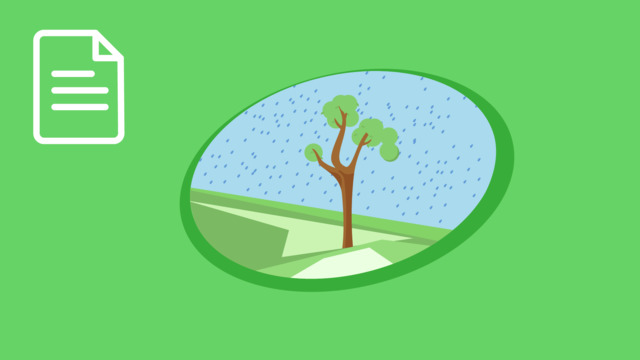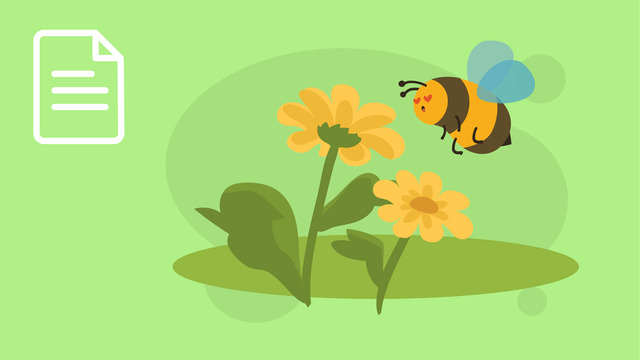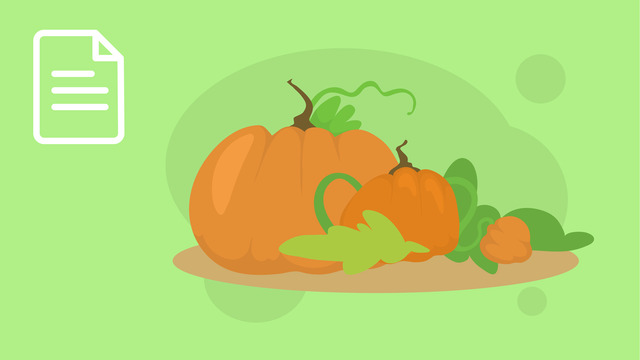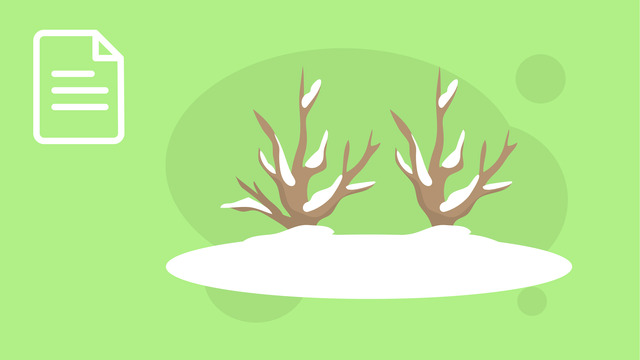Fall Season and Weather
- Fall Season and Weather - Introduction
- What is Fall?
- Fall Weather: A Closer Look
- Fall’s Impact on the Environment
- Fall’s Impact on Plants
- Fall’s Impact on Animals
Learning text on the topic Fall Season and Weather
Fall Season and Weather - Introduction
Have you ever wondered why trees lose their leaves in fall? This season is like nature's grand finale, showcasing an array of breathtaking colors and preparing for the quieter, cooler months ahead. Let's embark on a journey to explore the magic that unfolds when fall graces us with its presence!
What is Fall?
Fall, also known as Autumn, is the season of transformation. Leaves change color, temperatures cool, and animals prepare for winter. It's a time when nature starts to wind down.
Fall is one of the four seasons, marking the transition from the warm, vibrant summer days to the cold, quiet of winter.

It's the period when days begin to shorten, temperatures drop, and nature prepares for a period of rest. During fall, the Earth tilts away from the Sun, leading to cooler weather and a stunning display of autumn foliage.
Let’s test what you’ve learned about fall so far!
Fall Weather: A Closer Look
Fall weather brings a crisp freshness to the air, with a mix of cool breezes and sunny days. This season often starts with warm days, gradually transitioning to cooler temperatures, especially at night. This temperature change is essential for causing the leaves to change color, creating the iconic fall landscapes we love.
Fall months vary depending on your location on Earth. In the Northern Hemisphere, fall runs from September to November, featuring shorter days and the gradual cooling of temperatures. In the Southern Hemisphere, fall occurs from March to May, with similar changes as the region moves away from the warmer summer months. The table below outlines the typical weather patterns in Fall for the Northern Hemisphere.
| Month | Typical Fall Weather |
|---|---|
| September | Warm days and cool nights |
| October | Cooler, with leaves changing color |
| November | Cold, with early frosts possible and an increase in rain |
Fall’s Impact on the Environment
The arrival of fall signals significant changes in the environment.
Fall’s Impact on Plants
Trees prepare for winter by shedding their leaves, which decompose and enrich the soil. This season is crucial for certain crops that are harvested in the fall, providing a bounty of fruits and vegetables.
Fall’s Impact on Animals
Animals, too, become busier, gathering food to store for the winter months. This preparation is vital for their survival during the cold season when food is scarce. The migration of birds to warmer climates is another remarkable event, as skies fill with flocks moving in unison.
| Environmental Activity | Fall Impact |
|---|---|
| Leaf Fall | Nutrient recycling and soil enrichment |
| Harvesting | Provides seasonal foods and supports agriculture |
| Animal Preparation | Ensures survival through winter |
Fall Harvest Experiment
If you're curious about the colorful leaves of fall, try this experiment!
How Well Do You Understand Fall?
Let’s test your knowledge on Fall!
Fall Season – Summary
Key Learnings from this Text:
- Fall is the season that follows summer, characterized by cooler weather, changing leaves, and preparation for winter.
- In the Northern Hemisphere, fall happens in September, October, and November.
- The weather in fall transitions from warm to cool, encouraging the natural world to prepare for the colder months ahead.
- This season is important for both the environment and agriculture, as it influences harvesting schedules and animal behaviors.
And now you know why fall is such a colorful, beautiful season! Learn more about the other seasons with learning texts on the Summer season, Spring season, and Winter season. If you want to learn even more, then check out the text on different climates around the world!
Fall Season and Weather – Frequently Asked Questions
Fall Season and Weather exercise
-
In fall, the earth tilts away from the sun, what does this lead to?
HintsWhen the Earth tilts away, it gets less direct sunlight.
How might this change the temperature we feel during the day?
Think about what happens to a room when it receives less sunlight.
Does it stay warm or start to cool down?
SolutionThe Earth tilts away from the Sun, leading to cooler weather.
-
What change in the weather is needed to make the beautiful fall colors we see in the trees?
HintsThink about what happens to the leaves on trees as the weather changes from summer warmth to the chillier nights of another season.
Think about how it feels outside in the mornings and evenings during fall—when you might start wearing a jacket because it's getting chilly.
SolutionThe famous fall landscapes, known for their bright colors, are a result of temperature changes that come with the season.
During fall, the days slowly get shorter, and the nights grow cooler.
These cooler temperatures, especially at night, are very important for starting the changes inside the leaves that make the green color go away.
As this green color goes away, other colors in the leaves start to show up, like bright reds, oranges, and yellows that we love to see in autumn.
-
Which months does fall happen in?
HintsReflect on the time of year in the Northern Hemisphere when days start getting shorter and the climate begins to cool, setting the stage for winter's arrival.
Think about the time of year when students typically return to school, marking the end of summer vacations and the beginning of fall.
SolutionIn the Northern Hemisphere, fall occurs from September to November.
-
What do animals do to prepare for winter during fall?
HintsConsider what animals might need to do when the environment changes and food becomes less available due to the cold.
For example, squirrels start gathering nuts and seeds to store them so they have enough food to eat during the winter when it's hard to find food outside.
Think about the actions animals might take to ensure they have enough resources or a right habitat to survive the coming cold months.
For example, birds might fly to warmer places where they can find food and a good place to live during the cold winter months.
SolutionThey gather food and some migrate to warmer places.
Explanation:
Animals prepare for the winter in various ways during the fall.
Some animals, like squirrels, gather and store food such as nuts to ensure they have enough to eat during the winter when food is not readily available. Similarly, beavers collect wood to fortify their lodges and stock their ponds with food.
Other animals, like many bird species, migrate to warmer climates to escape the cold and find more food sources. For instance, geese fly to warmer areas, and monarch butterflies travel thousands of miles to reach their winter habitats in Mexico.
This behavior is essential for their survival through the harsher conditions of winter.
-
If the days are getting shorter and it's not as hot anymore, which season do you think is coming?
HintsThink about when you start wearing your jacket because the air is getting a little cold and you see leaves falling down from the trees.
This season comes after summer, when you can play outside longer because it’s still light out, and before winter, when it gets really cold and sometimes snows.
SolutionFall is coming.
If you notice that each day has less sunshine and it's getting chillier bit by bit, it means fall is on its way.
That's when the days get shorter and the air starts to feel cool and crisp. It's like nature is getting ready to tuck in for a long, cozy nap.
-
What activities do humans engage in during the fall?
HintsConsider what changes you might see around your home or in your yard as the weather starts getting cooler and how you might prepare for even colder months ahead.
Think about the kinds of foods that are often associated with fall and how they get from the field to your table.
SolutionDuring fall, as plants begin to shed their leaves and animals prepare for the colder months ahead, humans too engage in several important activities that are in tune with the season's changes.
One of the primary activities is the harvest, where farmers and gardeners gather crops that have grown over the summer, such as apples, pumpkins, and corn.
This is a crucial time for collecting the bounty that will be used throughout the winter.
Another significant activity is preparing homes for the upcoming cold weather.
This can include checking and cleaning heating systems, sealing windows and doors to prevent drafts, and even putting up storm windows.
Additionally, fall is a perfect time for planting certain trees and perennial plants, as the cooler temperatures can help them establish roots before the winter arrives, ensuring a robust growth in spring.



















